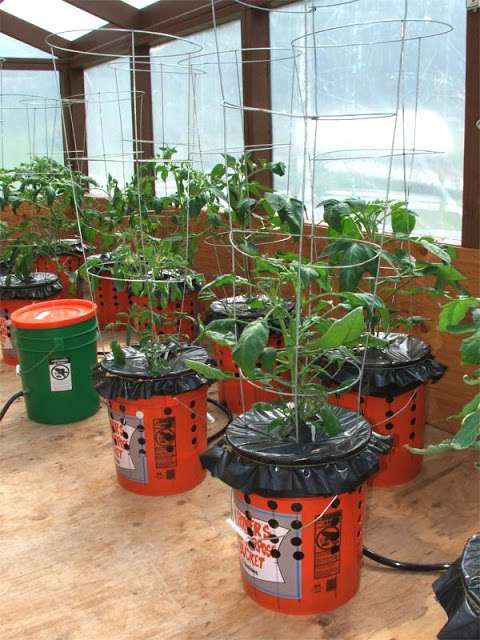Growing Systems
Bell Peppers
According to the farmers almanac there is a lot that goes into growing bell peppers. Pepper plants require full sun to produce the largest and healthiest fruit, so you should pick a site that won’t get shaded out by trees or other garden plants. Soil should also be well-draining and rich in organic matter. On top of that, soil consistency should be somewhere between sandy and loamy to ensure that the soil drains well and warms quickly. Water one to two inches per week, but its also known that peppers are extremely heat sensitive. If it warms up to extreme temperatures, watering everyday may be necessary. Weed carefully around plants to avoid disturbing roots. And lastly, if necessary, support plants with cages or stakes to prevent bending. Peppers resist most garden pests and offer something for everyone: spicy, sweet, or hot; and a variety of colors, shapes, and sizes. I can’t wait to see how they grow.


Cilantro
According to the Farmers Almanac growing cilantro requires a few simple steps. First, cilantro is a fast-growing, aromatic, annual herb that grows best in the cooler weather of spring and fall. This herb is used to flavor many recipes and the entire plant is edible, though the leaves and seeds are used most often. It’s important to water the seedlings regularly throughout the growing season. They require about 1 inch of water per week for best growth. Once the plants are established, they do not need as much water per week. Keep them moist, but be careful not to over-water them. Another tip is to place mulch around the plants as soon as they are visible above the soil to avoid weeds. You can also till shallowly to help prevent root damage from weeds. Cilantro can also be grown best in partial shade.

